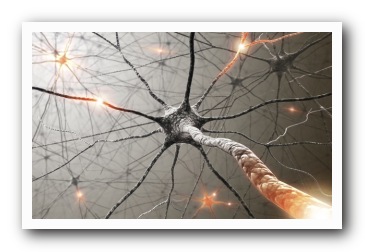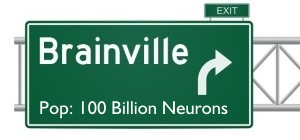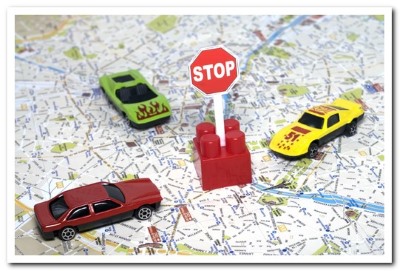How the brain heals after stroke or brain-injury
How brain plasticity makes recovery possible, even years after a stroke or TBI
 At one point scientists believed the brain stopped growing new neural
pathways as we grew older. Our brain grows the most during childhood,
but the latest research shows you can grow new
pathways at any point in your life. If your brain has been injured by
stroke or trauma, you can encourage neuroplasticity by challenging your
brain. Just like physical therapy challenges your muscles to grow
stronger, you can challenge your brain and cause it to grow.
At one point scientists believed the brain stopped growing new neural
pathways as we grew older. Our brain grows the most during childhood,
but the latest research shows you can grow new
pathways at any point in your life. If your brain has been injured by
stroke or trauma, you can encourage neuroplasticity by challenging your
brain. Just like physical therapy challenges your muscles to grow
stronger, you can challenge your brain and cause it to grow.
What is Neuroplasticity (brain-plasticity)?
In his book Neuroplasticity, neurobiologist Moheb Costandi describes our brain's ability to form new neural connections that "route around" damaged neurons, to compensate for injury due to stroke, TBI, etc. Here's an analogy that people I've helped have found helpful over the last 30 years.
Neural
pathways are roads for your brain signals
Your brain is
like a city, with roads connecting all the little areas.
We'll call it Brainville. Those roads are analogous to the neural
pathways in your brain. Your brain sends neural signals along these
pathways. A very oversimplified example would be: if you are trying to
say the word for a picture of an apple, your brain sends neural
signals from the visual cortex (which sees
the apple) to the Broca's area (which is involved in producing
speech to say apple). The actual neurology is
more complex than this, but you get the idea.
 That’s like cars driving in our little imaginary city,
Brainville (population: 1 Billion Neurons). The cars are like neural
signals traveling along neural roads from one part of the city to
another.
That’s like cars driving in our little imaginary city,
Brainville (population: 1 Billion Neurons). The cars are like neural
signals traveling along neural roads from one part of the city to
another.
When you have a brain injury, it’s like part of the road system in Brainville has been damaged and the road is closed just like our damaged neural pathway.
Now you can’t get from home to the library because the route you normally take is damaged. This means your brain can't access the word for library. Or eat, or I love you.

On the real road, if a road is closed, you take a detour. That's what your brain does when there is damage: it routes those signals around the damaged neurons in Brainville.
 The trick is that you
have to learn the detour path. That’s what rehab is: teaching
your brain the new path. Literally building a new path in your brain.
The more time you spend on that the better your brain learns the new
path. About eight hours a week is a great goal. My home therapy
course, below, has worksheets, etc. you can print out for home therapy.
Or you can get a free therapy plan
and get you up to 9 weeks of therapy.
The trick is that you
have to learn the detour path. That’s what rehab is: teaching
your brain the new path. Literally building a new path in your brain.
The more time you spend on that the better your brain learns the new
path. About eight hours a week is a great goal. My home therapy
course, below, has worksheets, etc. you can print out for home therapy.
Or you can get a free therapy plan
and get you up to 9 weeks of therapy.
Maximize speech-language recovery
- Identify your survivor's speech-language deficits
- Free Exercises from speech-therapists to improve those deficits
- Where to get speech therapy for $2 a session
- All this and more in your Speech-Language Course
Every day is an opportunity for recovery. Don't miss a single day.
- Surprising neuroscience discovery that makes recovery possible at any age.
- Why embracing failure leads to faster recovery.
- Unlock your survivor's communication needs in 4 steps.
- How to improve speech & language at the kitchen table.
Clay Nichols
Co-founder of
MoreSpeech and
Bungalow Software
for unlimited speech therapy at home and in the clinic.
 For
3 decades, Clay has helped patients, caregivers and speech pathologists
with speech & language software. He is not a speech-language
pathologist.
For
3 decades, Clay has helped patients, caregivers and speech pathologists
with speech & language software. He is not a speech-language
pathologist.
© 2025 Bungalow Software